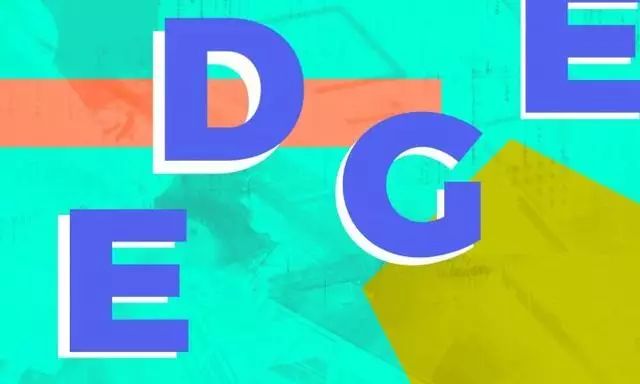
Figure 1: Proximity computing or edge computing brings intelligence closer to devices
Edge computing is a method of processing data physically close to the location where data is generated, such as in homes and remote offices.
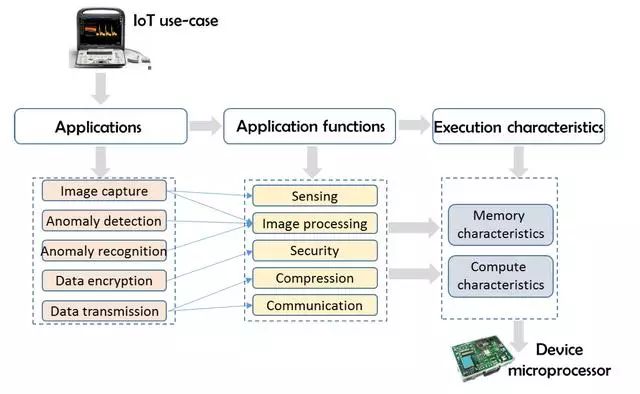
Figure 2: IoT devices typically integrate processors with certain computing capabilities
Since these things and people generating data are usually not in the cloud, we need to supplement cloud computing with various forms of edge computing at the edge of IoT solutions architecture.
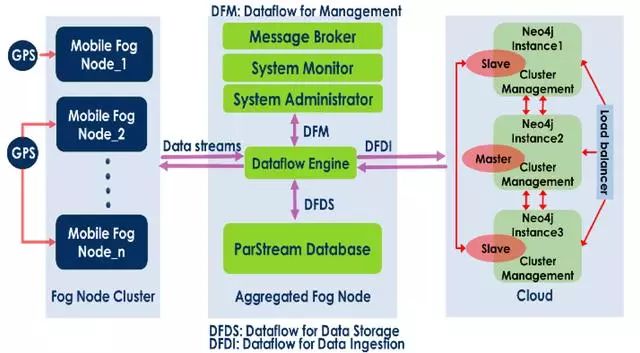
Figure 3: A large amount of data needs to be transmitted between nodes and the cloud
Discussions about edge computing often overlook how many types of “edge” computing exist. In this article, we will explore the basic drivers of edge computing and the many types of edge computing.
As edge computing refers to computing close to the source of things, data, and actions, we can also refer to this type of data processing using a more general term: proximity computing.
The Economics of Proximity Computing
We need to respond promptly to events happening around us to achieve a good user experience (such as when we need to “change the TV channel”) or to avoid disasters (such as when a “gas leak” occurs).
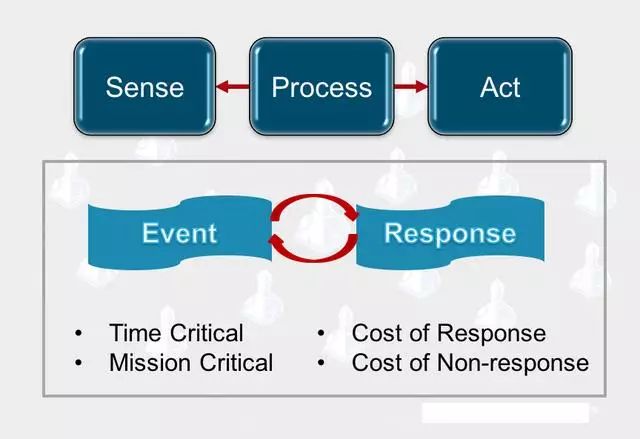
Figure 4: Sensing, processing, and acting are the three types of events in IoT
Due to the many events of this type, we need to orchestrate these complex systems into sensing, processing, and acting (SPA). The cost of SPA is a function of local versus remote processing costs, network connection costs, and remote system management costs.
In terms of the size and power of IoT devices, proximity computing balances the timeliness of responding to events with the cost of responding to events. Legal restrictions on the management of data transmission further drive the demand for proximity computing.
Multi-Scenario – Types of Proximity Computing
When it comes to optimal proximity computing, there are many types of edges to consider. Broadly speaking, they mainly fall into three types: Personal Edge, Business Edge, and Cloudy Edge. These three edges deploy SPA (Sensing-Processing-Acting) in different environments to address a variety of issues for optimal automatic responses, such as when your personal car is stolen.

Figure 5: Three types of edges
Below are each type of edge and their driving factors.
1) Personal Edge
This edge computing revolves around us personally, sometimes right next to us, in our homes; it includes home robots, smart glasses, smart pills, sensors under your skin, watches, home automation systems, your Amazon Echo, and smartphones.
The Personal Edge is generally mobile. As we move between home and workplace, Personal Edge computing devices transition in and out of the Business Edge area.
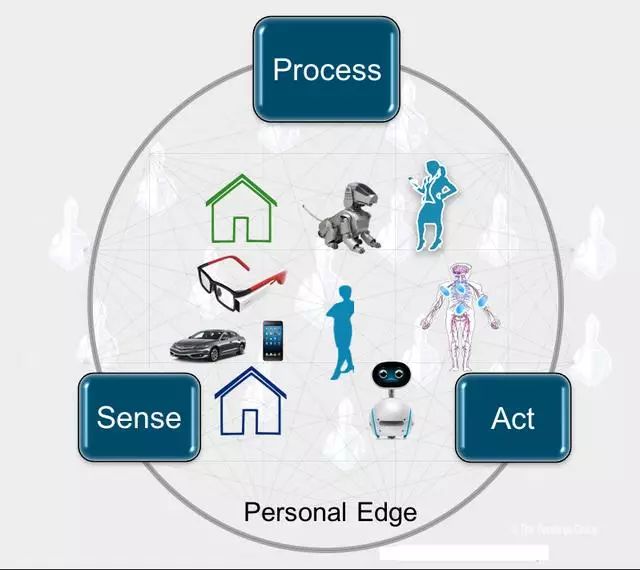
Figure 6: Personal Edge
With the rise of smart home devices, digital health, and other personal devices, we will hear more about Personal Edge computing in the next five years.
2) Business Edge
This is the most focused type of edge computing. Machines and people connected at the Business Edge converge here. The Business Edge exists in our carpeted offices but can also be in non-carpeted areas or even in open spaces where we work and play.
Many discussions about IoT seem to assume this is the only edge, while every discussion about IoT expresses the benefits of this edge computing. Mission-critical SPA (Sensing-Processing-Acting) is particularly strong in this area, especially in the Industrial IoT sector.
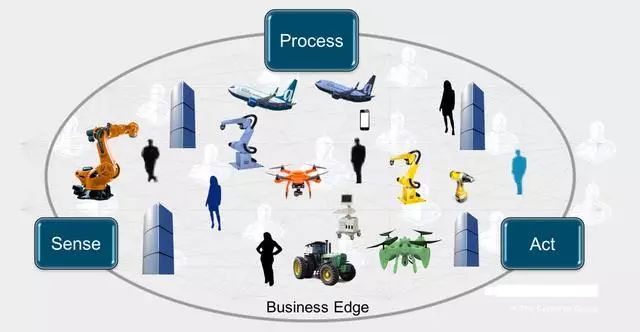
Figure 7: Business Edge
Many vendors are providing development environments for these types of applications to help clients develop edge applications and analytics. Amazon Lambda Greengrass and Azure IoT Hub are examples of such software.
【Note 1: Amazon Lambda Greengrass is Amazon’s cloud computing service that runs code through AWS Lambda without the need to configure or manage servers. You only pay for the compute time consumed – there are no charges when the code is not running. With Lambda, you can run code for almost any type of application or backend service, all without management. Just upload your code, and Lambda will handle everything required to run and scale high-availability code. You can set your code to be triggered automatically from other AWS services or called directly from any web or mobile application.】
【Note 2: Azure IoT Hub is Microsoft’s cloud computing service for IoT applications, meaning IoT Hub is a cloud service for registering, managing, and communicating with IoT devices. It is a key component of Microsoft’s Azure IoT Suite and an important foundation of Microsoft’s IoT strategy. The Azure IoT Hub can manage billions of IoT devices, providing bidirectional communication support between the cloud and devices, processing trillions of messages per month, and simplifying integration with other Azure services, including Azure Machine Learning and Azure Stream Analytics.】
3) Cloudy Edge
This is the least discussed type of edge computing currently, but it is the oldest type of edge. Cloudy Edge is a topological term for service provider or enterprise network edges, where business first enters homes or remote branches via dial-up modems.
Cloudy Edge used to be just a network edge without any computing capabilities. They were called PoPs (Points of Presence).

Figure 8: Cloudy Edge
The demand for application performance and content delivery requires adding application and data processing capabilities at the network edge. Modern Edge Data Centers can meet this demand. Content Delivery Networks (CDNs) utilize them to improve page and video loading performance. Mobile Edge Computing enhances the advantages of this edge, as people need better performance for mobile applications.
So the old PoP has become unpromising in terms of content and computing. The SP edge, mobile edge, and enterprise edge together form the cloud. This type of edge is still related to ensuring application performance and smooth content delivery.
Conclusion
There are many ways to describe what IoT is, and all these descriptions are correct, though some are more comprehensive than others.
Here we provide one such description of IoT: IoT = Distributed AI and human intelligence across a maze of connected devices.
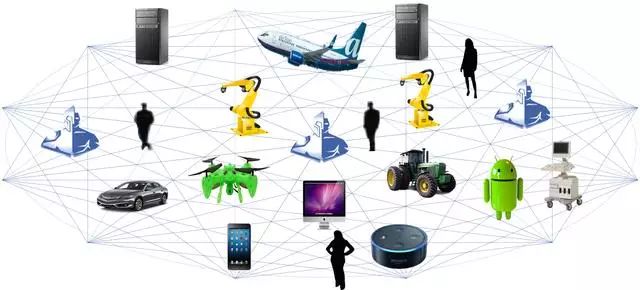
Figure 9: Edge computing is changing the entire IoT landscape
Technologies like AWS Lambda and Greengrass are helping accelerate the creation of this distributed intelligence. How to create distributed intelligence at the personal, business, and cloud edges will depend on your applications, costs, and relevant regulations. We will see the development of more edge computing reference architectures to support new application patterns in IoT.
Source: Everything Cloud Internet